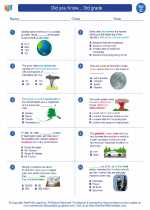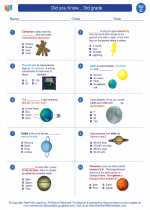Ceramic
Ceramics are non-metallic, inorganic materials that are made by heating and cooling natural clay and other ingredients. They are known for their hardness, strength, and ability to withstand high temperatures, making them valuable materials in a wide range of applications.
Types of Ceramics
- Traditional Ceramics: These include pottery, tiles, and bricks, and are made from clay and other natural materials.
- Advanced Ceramics: These are engineered ceramics with specific properties, such as alumina, zirconia, and silicon carbide. They are used in industries such as aerospace, electronics, and healthcare.
- Refractory Ceramics: These ceramics have high melting points and are used in kiln linings, furnaces, and other high-temperature applications.
- Bioceramics: These are ceramics used in biomedical applications, such as dental implants and bone substitutes.
Properties of Ceramics
Ceramics have several important properties, including:
- Hardness: Ceramics are extremely hard and resistant to scratching and wear.
- Brittleness: While ceramics are hard, they are also brittle and can break under sudden impact or stress.
- Heat Resistance: Ceramics can withstand high temperatures without deforming or melting.
- Chemical Resistance: Many ceramics are resistant to chemical corrosion, making them useful in harsh environments.
- Electrical Insulation: Some ceramics are excellent insulators and are used in electrical and electronic components.
Uses of Ceramics
Ceramics have a wide range of uses in various industries, including:
- Building and Construction: Tiles, bricks, and sanitaryware
- Electronics: Insulators, capacitors, and semiconductors
- Aerospace: Heat shields, engine components, and thermal barriers
- Medical: Dental implants, prosthetics, and surgical tools
- Automotive: Catalytic converters, spark plugs, and engine components
Study Guide
To study ceramics, it's important to understand their composition, properties, and uses. Here are some key topics to focus on:
- Composition of ceramics: Learn about the raw materials used in traditional and advanced ceramics.
- Properties of ceramics: Understand the key properties of ceramics and how they influence their use in different applications.
- Manufacturing processes: Explore the methods used to shape and form ceramics, such as pressing, casting, and sintering.
- Applications of ceramics: Research the wide range of industries that rely on ceramics and the specific products and components that are made from them.
- Advancements in ceramics: Stay up-to-date with the latest developments in ceramic materials and technologies.
Studying ceramics can open up a world of possibilities in materials science, engineering, and various industries. Understanding the unique properties and applications of ceramics is key to appreciating their importance in our everyday lives.
.◂Science Worksheets and Study Guides Third Grade. Did you Know... 3rd grade

 Worksheet/Answer key
Worksheet/Answer key
 Worksheet/Answer key
Worksheet/Answer key
 Worksheet/Answer key
Worksheet/Answer key
